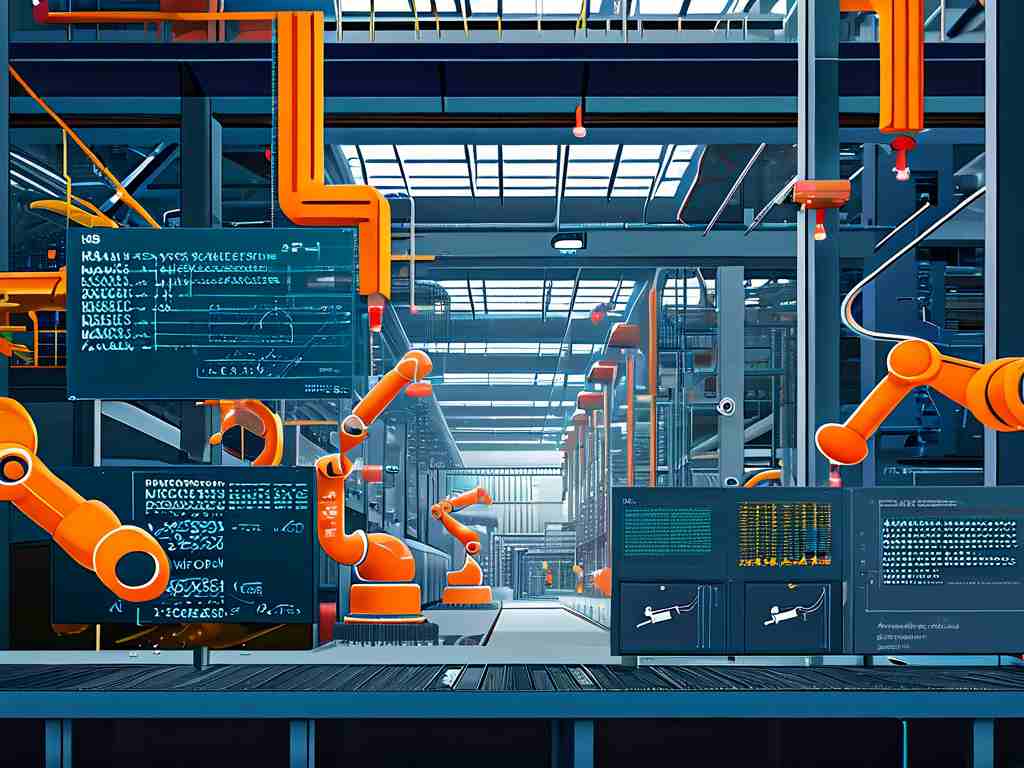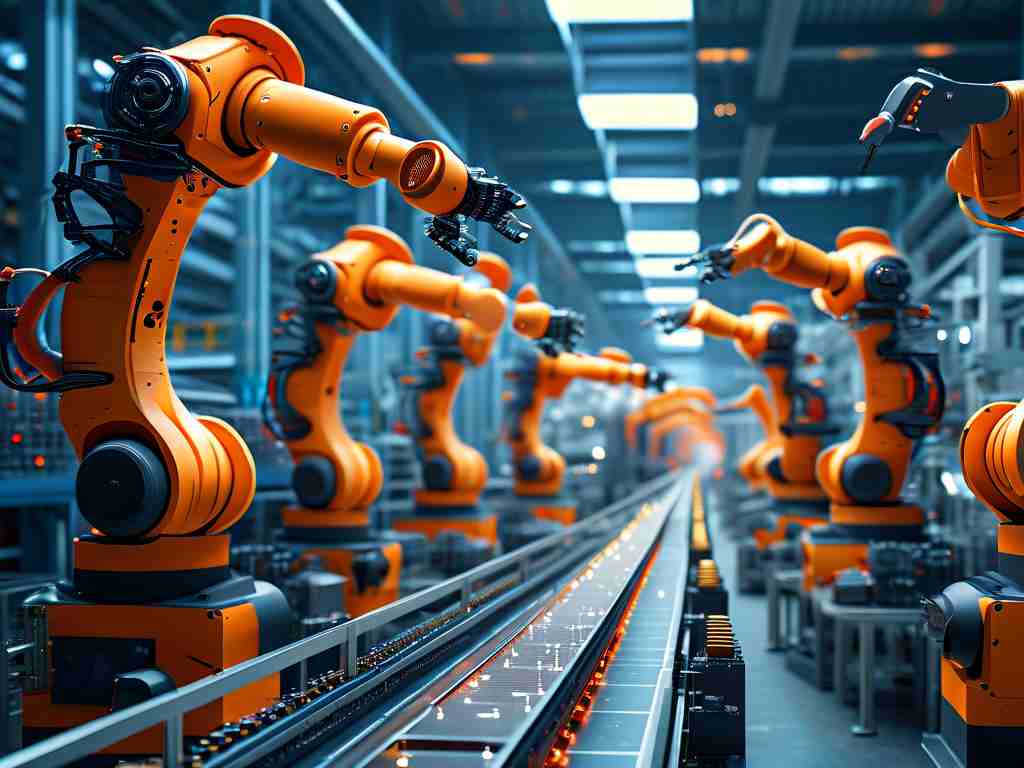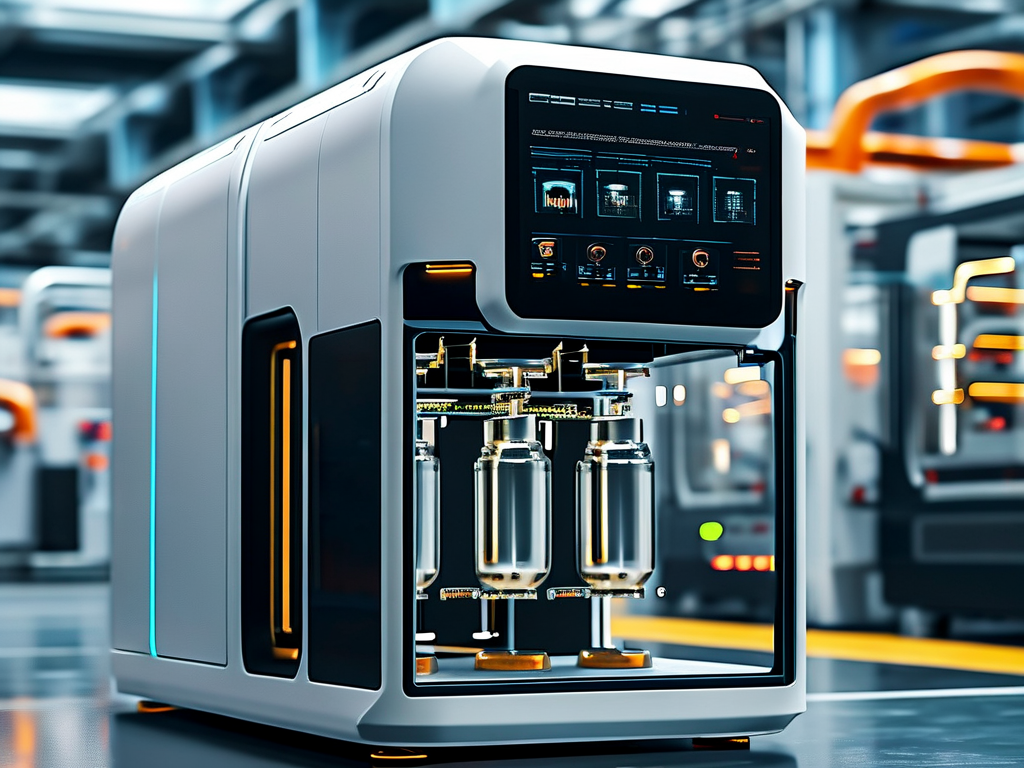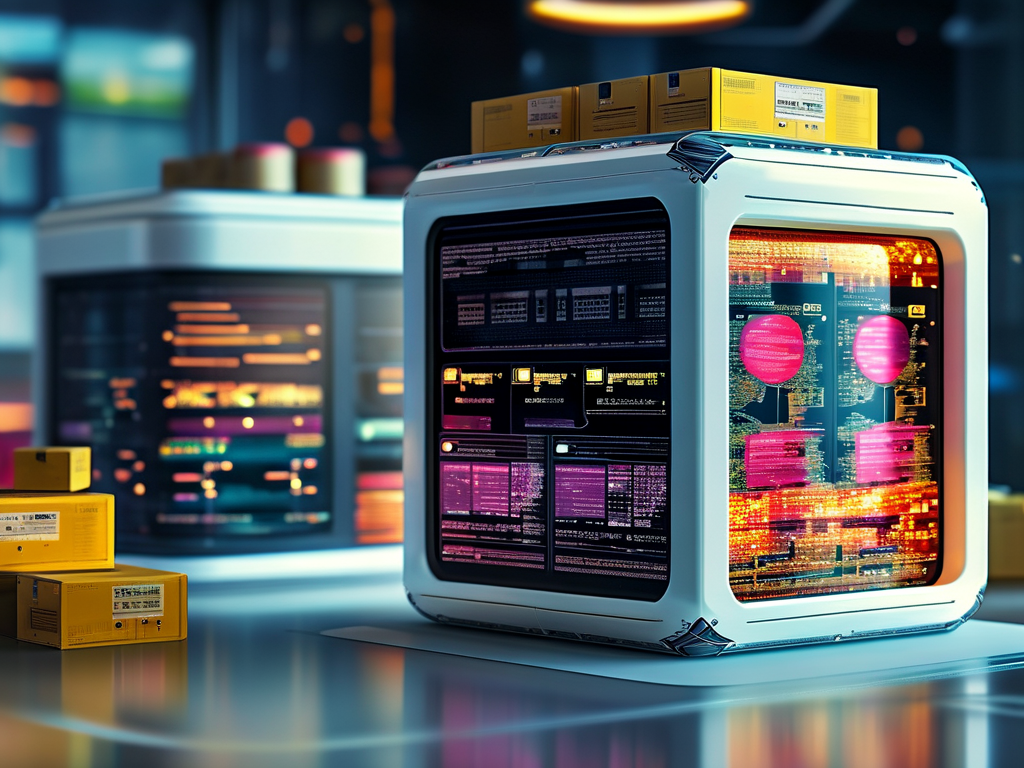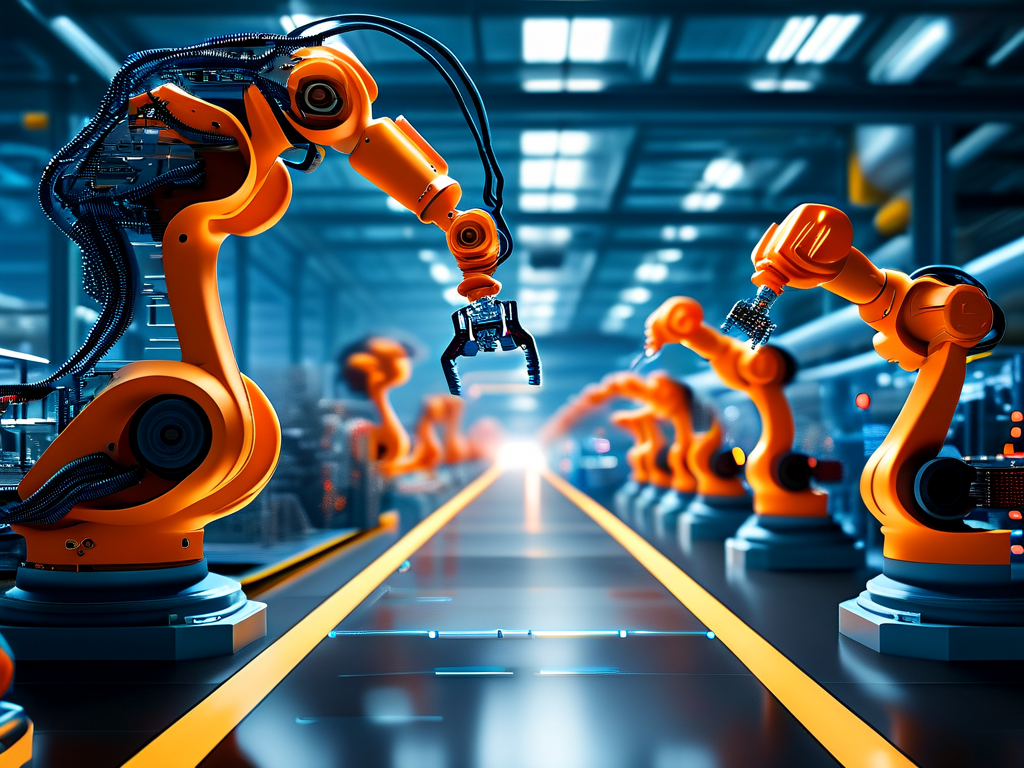The industrial landscape has undergone a radical transformation in the past decade, driven by the integration of advanced algorithms into manufacturing, logistics, and process optimization. This article explores the most widely used algorithms in industrial applications, their practical implementations, and the measurable benefits they deliver across sectors.

1. Linear Regression and Predictive Maintenance
Linear regression remains a cornerstone algorithm for predictive maintenance. By analyzing historical equipment data such as vibration patterns, temperature fluctuations, and energy consumption, manufacturers build models to predict machinery failures. For example, Siemens employs multivariate linear regression in gas turbine monitoring, achieving a 23% reduction in unplanned downtime across 50+ power plants. The algorithm's simplicity enables real-time analysis on edge devices, making it ideal for IoT-enabled factories.
2. Decision Trees and Quality Control
Decision tree algorithms like CART (Classification and Regression Trees) excel in visual inspection systems. Automotive manufacturers like Toyota use these algorithms to analyze camera-captured images of welded joints, classifying defects into 15+ categories with 99.2% accuracy. The hierarchical structure of decision trees allows engineers to trace defect causes backward through production steps-a critical feature for root-cause analysis in ISO-certified facilities.
3. Random Forest for Supply Chain Optimization
Random Forest's ensemble learning approach tackles complex supply chain variables. Unilever implemented this algorithm to optimize raw material procurement across 300 suppliers and 75 global factories. By processing weather data, geopolitical risks, and historical pricing patterns, their model reduced logistics costs by 18% while maintaining 99.7% on-time delivery rates. The algorithm's inherent resistance to overfitting ensures reliability in volatile markets.
4. Support Vector Machines (SVM) in Chemical Process Control
SVMs dominate chemical concentration monitoring due to their effectiveness in high-dimensional spaces. BASF's ethylene production facilities use SVM classifiers to maintain optimal catalyst conditions, processing 2,000+ sensor inputs per second. This has enabled a 12% yield improvement in polymer manufacturing while reducing hazardous byproducts by 31%. The algorithm's margin maximization principle proves particularly robust against sensor noise.
5. Neural Networks for Energy Management
Deep neural networks (DNNs) are revolutionizing energy grids. GE's Predix platform employs convolutional neural networks (CNNs) to balance renewable energy inputs across smart grids, achieving a 40% reduction in fossil fuel dependency for partnered cities. A hybrid architecture combining LSTM networks for demand forecasting and reinforcement learning for real-time adjustments has become an industry benchmark.
6. Genetic Algorithms in Production Scheduling
Genetic algorithms (GAs) solve NP-hard scheduling problems in discrete manufacturing. Foxconn's smartphone assembly lines use GA-based systems to dynamically allocate 8,000+ tasks across 200 robots daily. Through mutation and crossover operations, the algorithm reduces idle time by 27% compared to traditional heuristic methods. Recent advancements incorporate quantum-inspired operators, cutting computation time from hours to minutes.
7. K-Means Clustering for Market Segmentation
Industrial marketers leverage K-means clustering to identify customer patterns. Caterpillar's dealer network analysis using this algorithm revealed 6 distinct customer archetypes, enabling targeted inventory strategies that boosted aftermarket sales by $220M annually. The algorithm's scalability handles datasets from 10,000+ IoT-connected heavy machinery units, updating clusters in near real-time.
8. Principal Component Analysis (PCA) for Sensor Fusion
PCA reduces dimensionality in multi-sensor environments. Airbus uses PCA in aircraft engine health monitoring, compressing 1,500 sensor signals into 15 principal components. This allows maintenance crews to visualize complex system states through 3D dashboards, decreasing diagnostic time from 8 hours to 45 minutes per inspection.
Challenges and Future Directions
While these algorithms deliver immense value, industrial adoption faces hurdles like data silos and legacy system integration. Emerging solutions involve federated learning frameworks that enable algorithm training across secure data partitions. Bosch's federated SVM implementation across 30 factories improved defect detection accuracy by 14% without sharing proprietary data.
Looking ahead, neuromorphic computing architectures promise to bring brain-inspired algorithms to industrial edge devices. Early trials by Intel and Siemens show spiking neural networks reducing energy consumption in quality inspection systems by 89% while maintaining sub-millisecond latency.
From linear regression to quantum-enhanced genetic algorithms, these computational tools form the backbone of Industry 4.0. As industrial datasets grow exponentially-projected to reach 175 zettabytes globally by 2025-algorithmic innovation will remain the key differentiator between market leaders and followers. Companies investing in algorithm-driven intelligence today are positioning themselves to dominate the smart factories of tomorrow.


